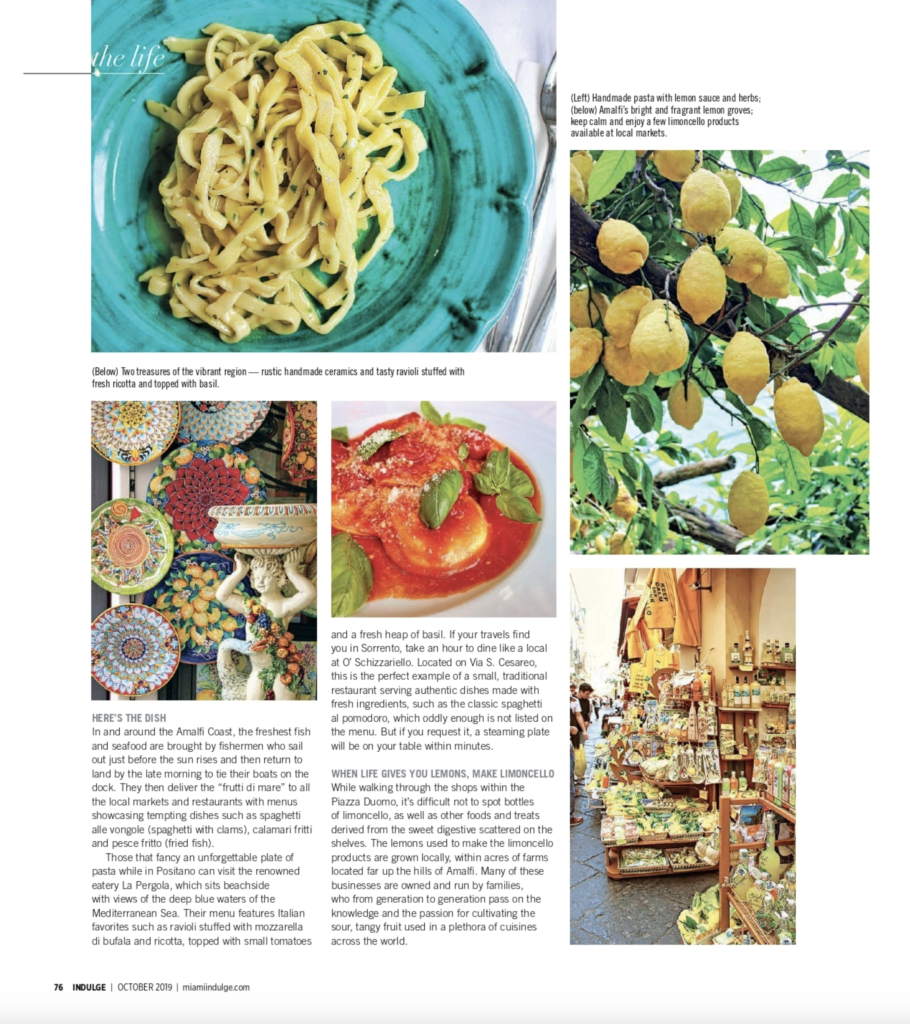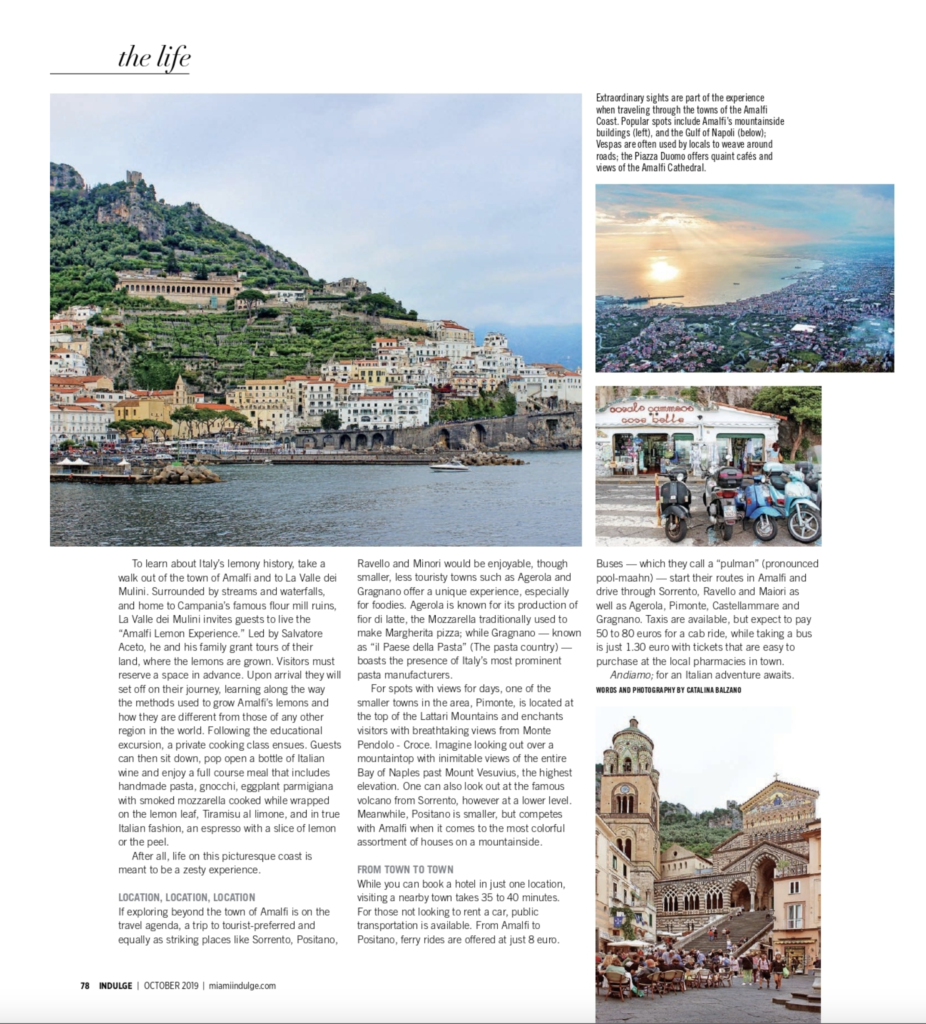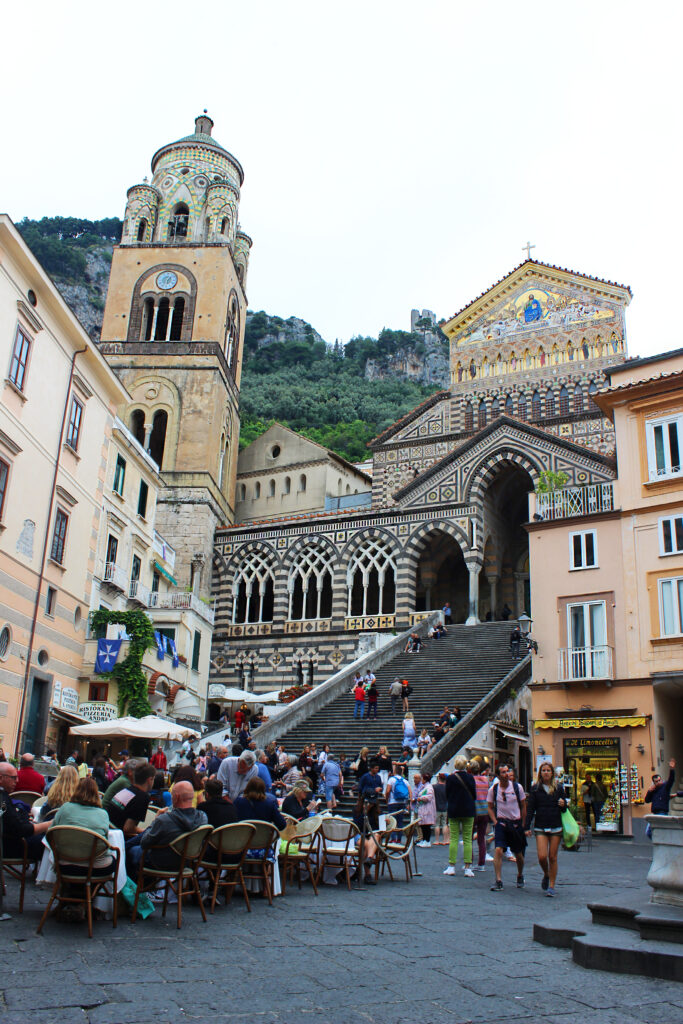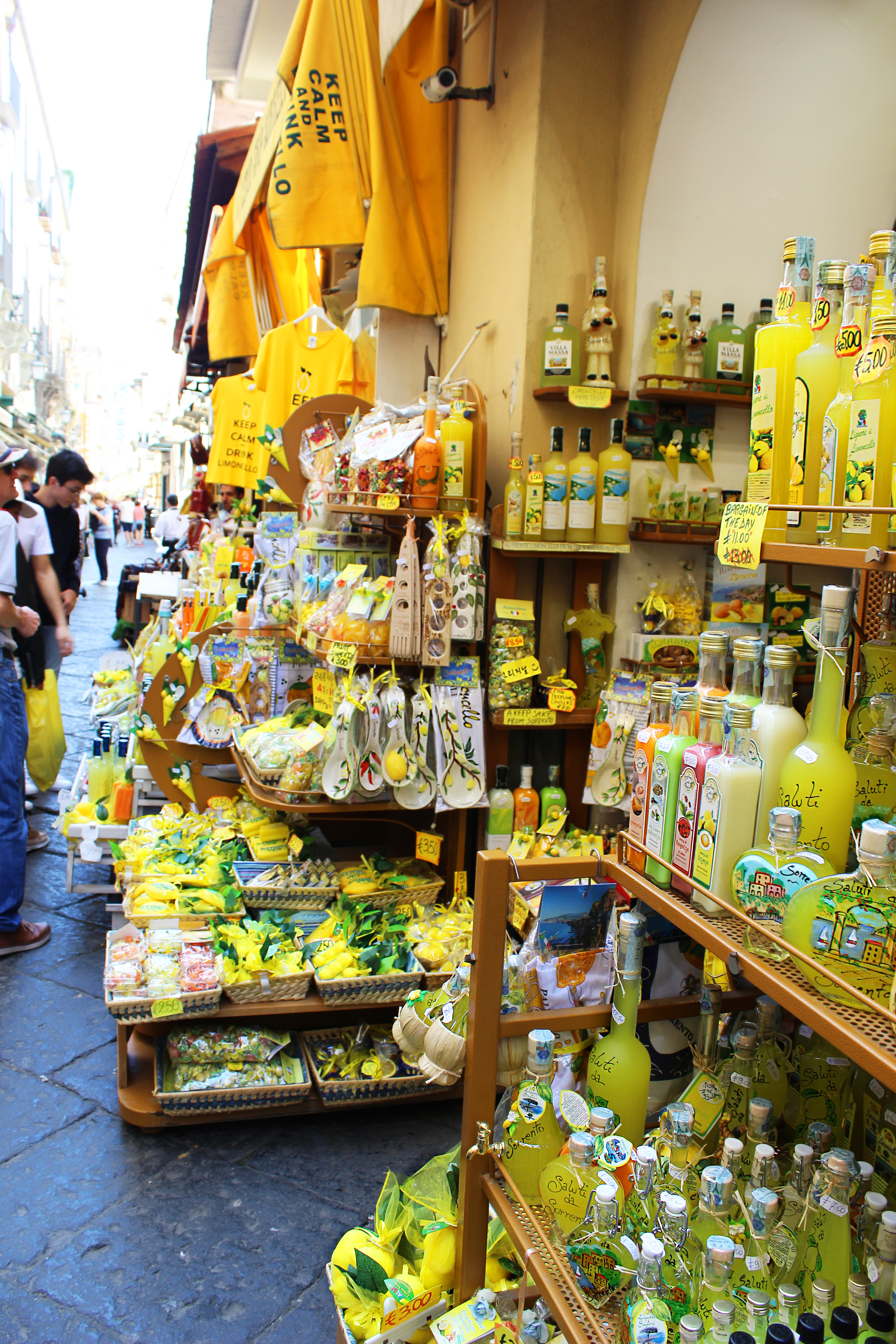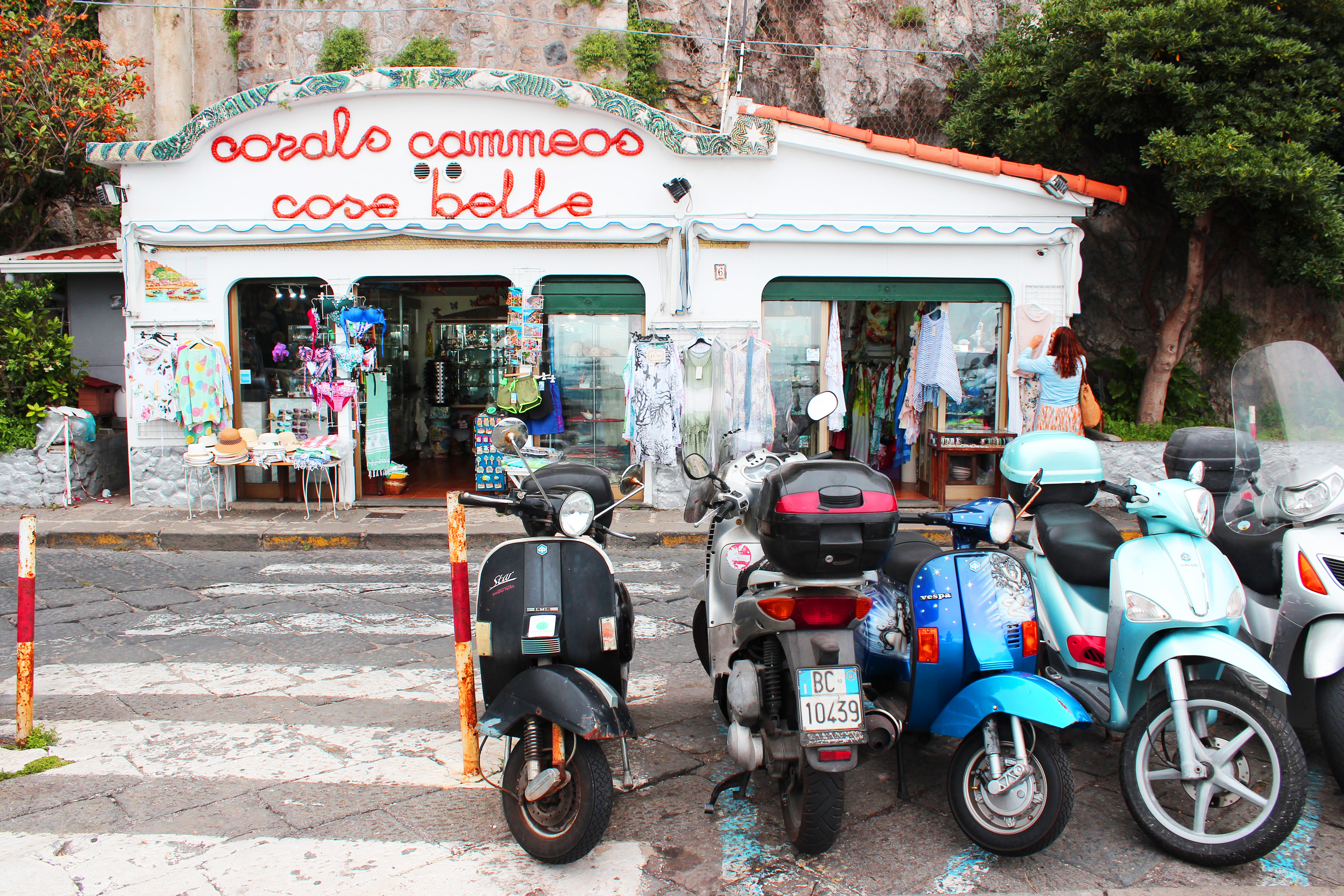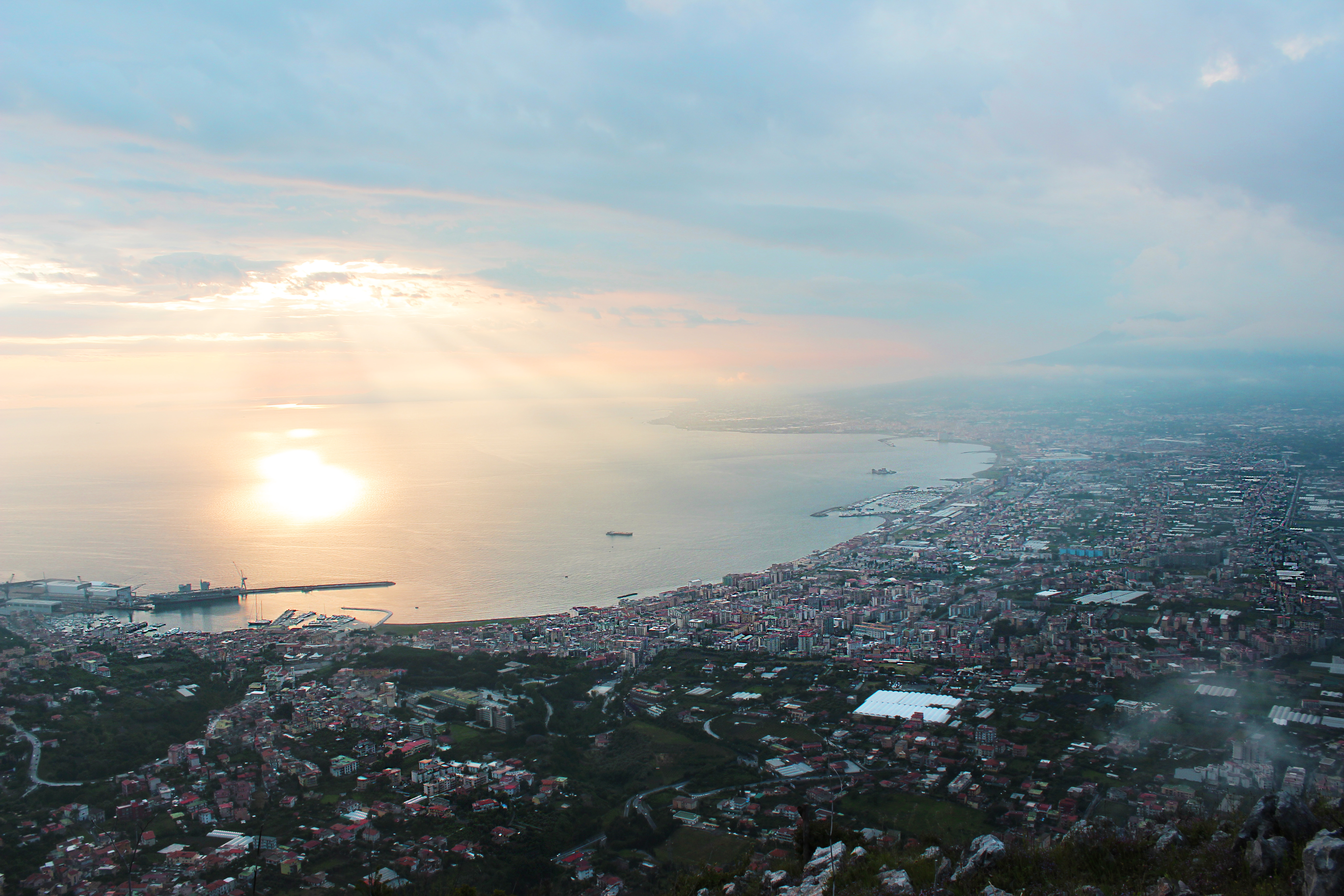
Fresh seafood, pasta on the beach and an education in limoncello; a trip to Italy’s Amalfi Coast proves the region is about more than a pretty facade.
In order to truly appreciate the Italian Amalfi Coast, one has to understand its history, which shaped the charming seaside destination that for decades has been a draw for superstar celebrities and mortals alike. After a treacherous tsunami in 1343, more than half of the area, located in the region of Campania in Southern Italy, was wiped off the map. What was then a population of 70,000 now lies just above 6,000, and the architectural remains sit elegantly like pastel-colored legos imperfectly stacked on top of each other, lying between the Mediterranean Sea and Lattari Mountains.
These remains of “La Costa Amalfitana,” as Italians call the region which sits along the Sorrento Peninsula, are now homes and hotels, family-owned businesses that thrive off travelers. Up close, within its small rocky streets with narrow alleys leading from one trattoria to the next, touristic chaos blends in with locals driving their Vespas and 1960s-era Volkswagen Beetles. Cars honk at sightseers meandering on winding roads, enjoying a creamy gelato while gazing at the shops that offer a vibrant assortment of handmade ceramics, fruits, pasta, olive oil and snacks. In between these tempting offerings, shoppers will find cookies, candy and limoncello — all made from Amalfi’s most recognized product: lemons.
While the region’s most recent popularity has stemmed from the coast’s visually appealing architecture developing a strong social media following, those who visit will find that Amalfi offers more than just beautiful backgrounds. A rich food culture also defines “La Costa,” with fresh seafood, homemade pastas and unique regional dishes luring in the curious and the famished to its tables.
HERE’S THE DISH
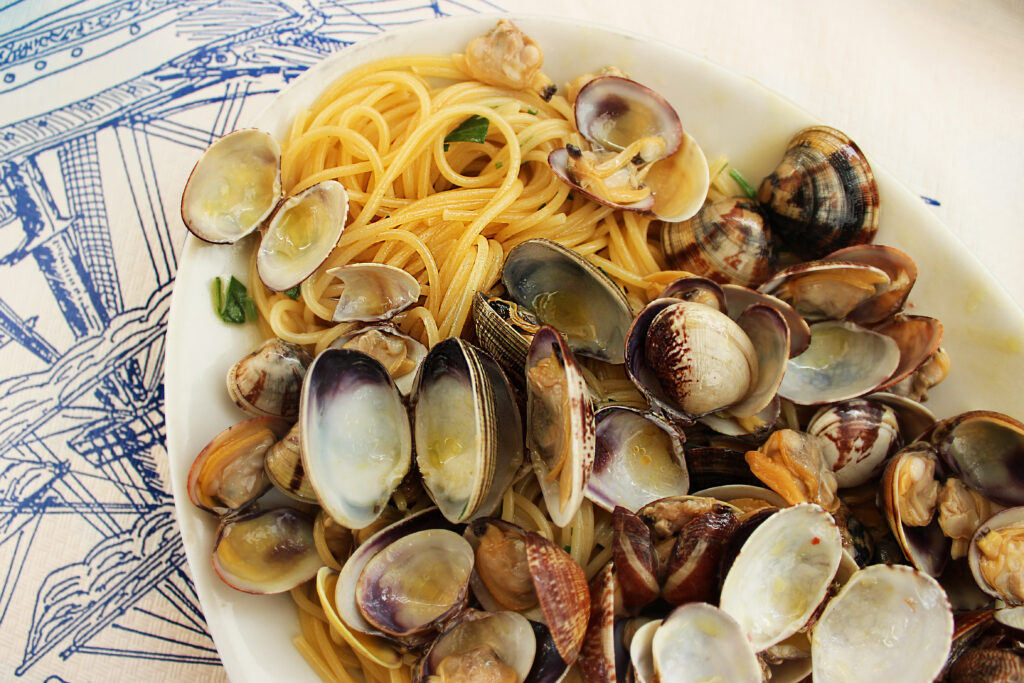
In and around the Amalfi Coast, the freshest fish and seafood are brought by fishermen who sail out just before the sun rises and then return to land by the late morning to tie their boats on the dock. They then deliver the “frutti di mare” to all the local markets and restaurants with menus showcasing tempting dishes such as spaghetti alle vongole (spaghetti with clams), calamari fritti and pesce fritto (fried fish).

Those that fancy an unforgettable plate of pasta while in Positano can visit the renowned eatery La Pergola, which sits beachside with views of the deep blue waters of the Mediterranean Sea. Their menu features Italian favorites such as ravioli stuffed with mozzarella di bufala and ricotta, topped with small tomatoes and a fresh heap of basil. If your travels find you in Sorrento, take an hour to dine like a local at O’ Schizzariello. Located on Via S. Cesareo, this is the perfect example of a small, traditional restaurant serving authentic dishes made with fresh ingredients, such as the classic spaghetti al pomodoro, which oddly enough is not listed on the menu. But if you request it, a steaming plate will be on your table within minutes.
WHEN LIFE GIVES YOU LEMONS, MAKE LIMONCELLO

Amalfi’s bright and fragrant lemon groves; keep calm and enjoy a few limoncello products available at local markets.
While walking through the shops within the Piazza Duomo, it’s difficult not to spot bottles
of limoncello, as well as other foods and treats derived from the sweet digestive scattered on the shelves. The lemons used to make the limoncello products are grown locally, within acres of farms located far up the hills of Amalfi. Many of these businesses are owned and run by families, who from generation to generation pass on the knowledge and the passion for cultivating the sour, tangy fruit used in a plethora of cuisines across the world.
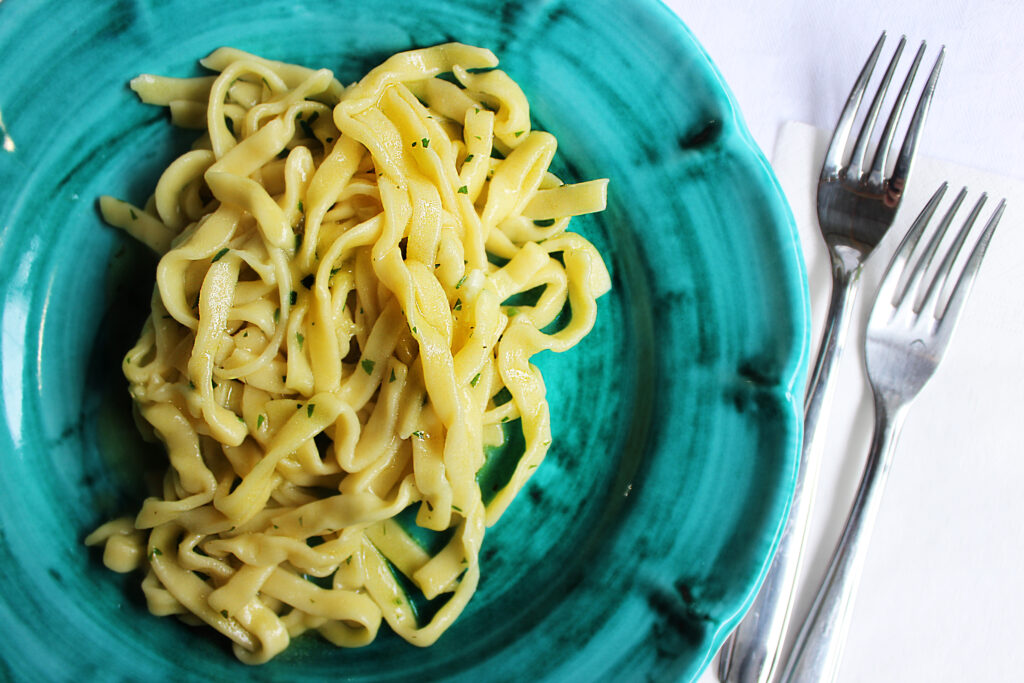
To learn about Italy’s lemony history, take a walk out of the town of Amalfi and to La Valle dei Mulini. Surrounded by streams and waterfalls, and home to Campania’s famous flour mill ruins, La Valle dei Mulini invites guests to live the “Amalfi Lemon Experience.” Led by Salvatore Aceto, he and his family grant tours of their land, where the lemons are grown. Visitors must reserve a space in advance. Upon arrival they will set off on their journey, learning along the way the methods used to grow Amalfi’s lemons and how they are different from those of any other region in the world. Following the educational excursion, a private cooking class ensues. Guests can then sit down, pop open a bottle of Italian wine and enjoy a full course meal that includes handmade pasta, gnocchi, eggplant parmigiana with smoked mozzarella cooked while wrapped on the lemon leaf, Tiramisu al limone, and in true Italian fashion, an espresso with a slice of lemon or the peel.
After all, life on this picturesque coast is meant to be a zesty experience.
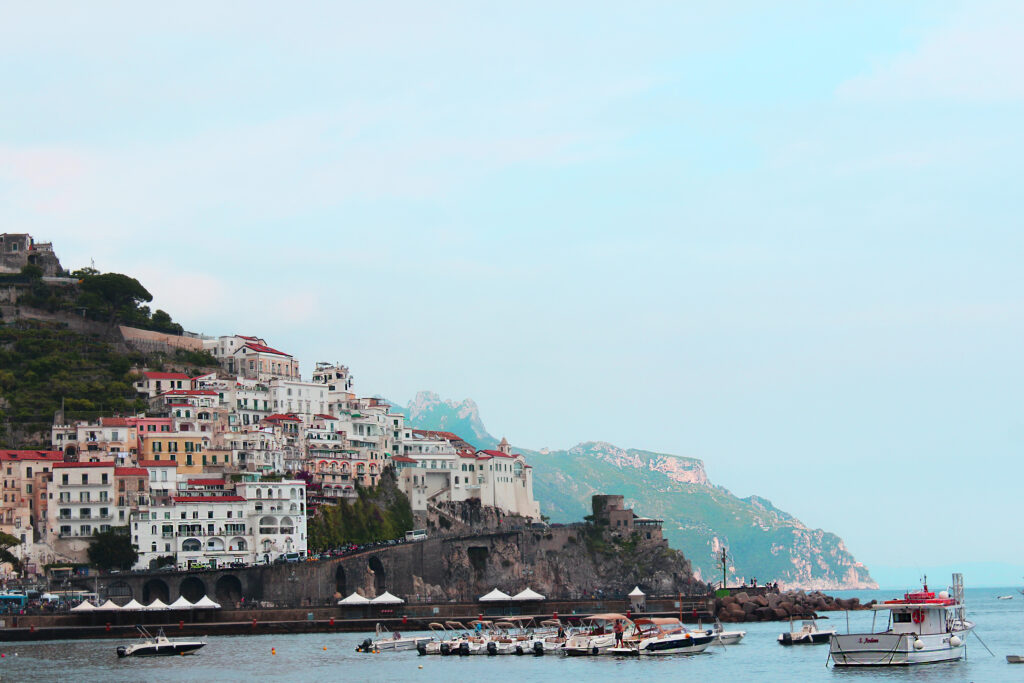
Vespas are often used by locals to weave around roads.
LOCATION, LOCATION, LOCATION
If exploring beyond the town of Amalfi is on the travel agenda, a trip to tourist-preferred and equally as striking places like Sorrento, Positano, Ravello and Minori would be enjoyable, though smaller, less touristy towns such as Agerola and Gragnano offer a unique experience, especially for foodies. Agerola is known for its production of fior di latte, the Mozzarella traditionally used to make Margherita pizza; while Gragnano — known as “il Paese della Pasta” (The pasta country) — boasts the presence of Italy’s most prominent pasta manufacturers.
For spots with views for days, one of the smaller towns in the area, Pimonte, is located at the top of the Lattari Mountains and enchants visitors with breathtaking views from Monte Pendolo – Croce. Imagine looking out over a mountaintop with inimitable views of the entire Bay of Naples past Mount Vesuvius, the highest elevation. One can also look out at the famous volcano from Sorrento, however at a lower level. Meanwhile, Positano is smaller, but competes with Amalfi when it comes to the most colorful assortment of houses on a mountainside.
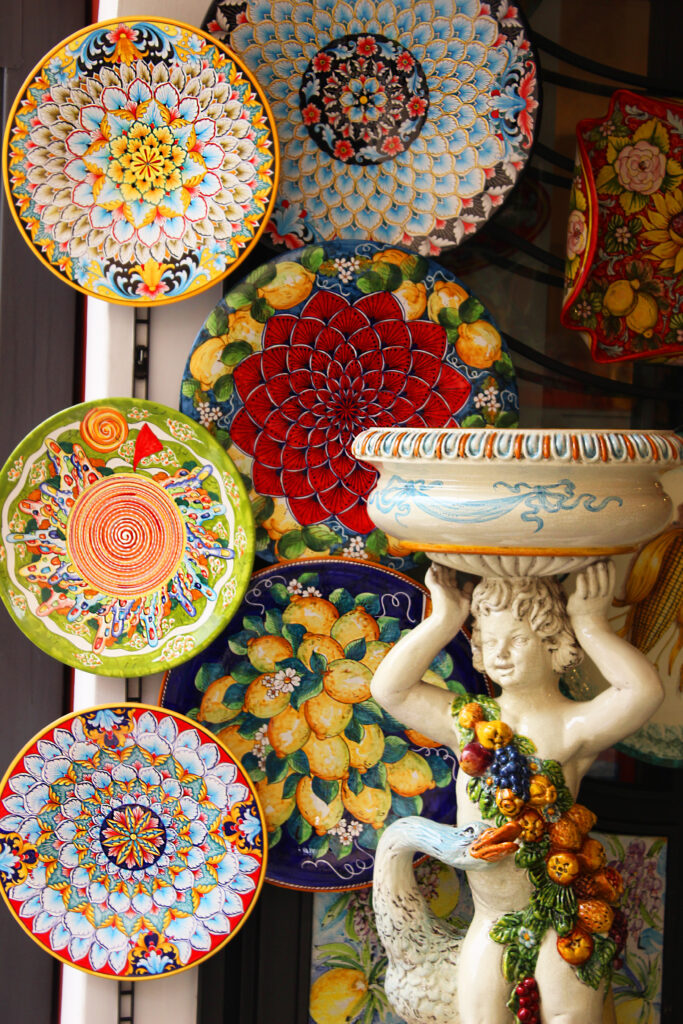
FROM TOWN TO TOWN
While you can book a hotel in just one location, visiting a nearby town takes 35 to 40 minutes. For those not looking to rent a car, public transportation is available. From Amalfi to Positano, ferry rides are offered at just 8 euro.
Buses — which they call a “pulman” (pronounced pool-maahn) — start their routes in Amalfi and drive through Sorrento, Ravello and Maiori as well as Agerola, Pimonte, Castellammare and Gragnano. Taxis are available, but expect to pay 50 to 80 euros for a cab ride, while taking a bus is just 1.30 euro with tickets that are easy to purchase at the local pharmacies in town.
Andiamo; for an Italian adventure awaits.




